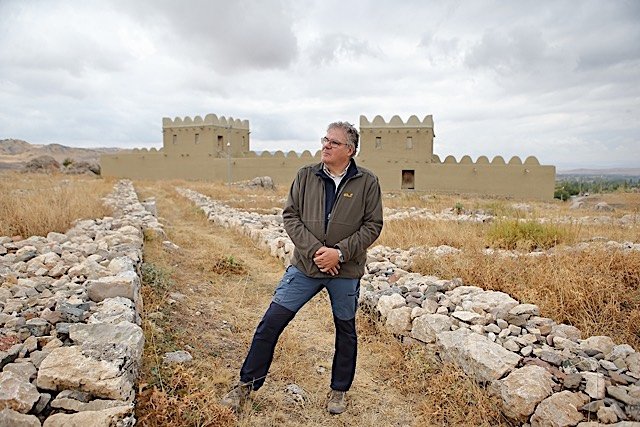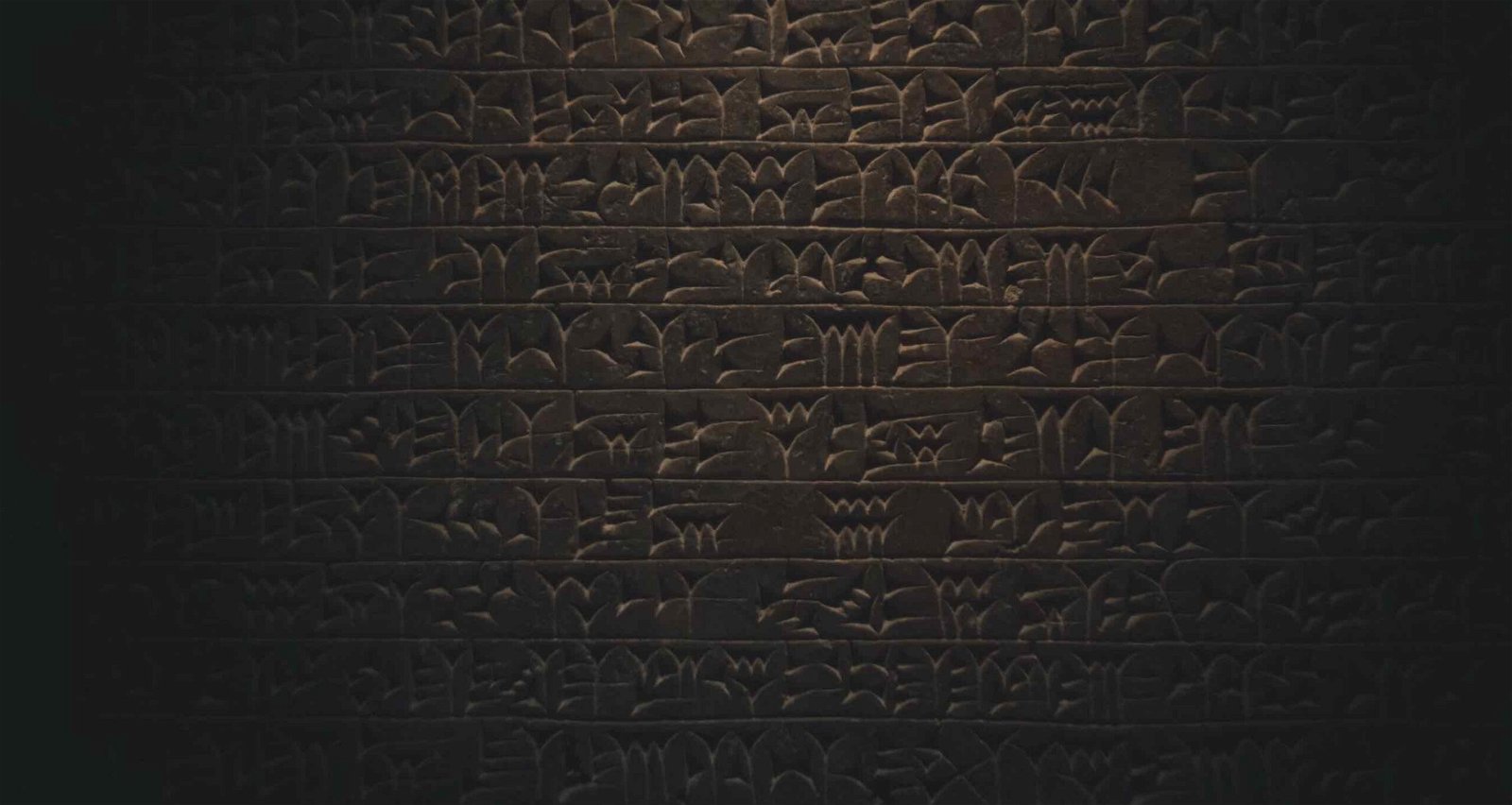Archaeologists in Turkey have unearthed an approximately 3000-year-old tablet written in a mysterious, unknown language they say they have never encountered before.
Described as surprisingly pristine with an “uneroded surface” compared to the other 25,000-plus tablets already discovered at the site, researchers are still working to decipher the mysterious text.
They also note that work at the site will continue and that the mysterious tablet may represent just one of many such “lost languages” still waiting to be discovered and translated by modern researchers.
3000-Year-Old Tablet ‘Unreadable’ to Modern Linguists
Professor Dr. Andreas Schachner, head of archaeological excavations at the Hattusa archaeological site where the mysterious tablet was discovered, says he and his team were “excited” about the discovery. However, the professor admits they weren’t immediately aware they had made such an unusual discovery.
“I am not a language expert, (so) I sent the tablet to epigraphs,” Schachner explained. “I was a little surprised when they said, ‘We read, but we can’t understand.’”
After further examination, the researchers realized that the tablet actually contained a “summary” written in the well-known Hittite language on the upper side of the tablet, followed by the 3000-year-old unknown text underneath. Schachner says that the end of the Hittite text translates as “From now on, read in the language of the land of Kalash,” with the mystery text appearing immediately after that.
Hittites Multi-Religion Culture ‘Added Strength to Their Power’
Given the unique history of the Hittites, who conquered many smaller cities and then incorporated their languages, religions, and customs into their own rather than replacing them, Schachner says the reference to the “land of Kalash” potentially offers a clue to the people who used the unknown cuneiform script.
“The Hittites introduced themselves as the ‘religion of a thousand gods,’” he explained. “The Hittites did not destroy the gods of the region they conquered; on the contrary, they took them to their capital, put them in temples, and served them. We see the same here.”


By doing this, Schachner says the Hittites benefited from the unusual approach of including other cultures and religions, something rarely seen in ancient empires.
“They were able to bind the people of that region to themselves by putting the gods of others in their own temples,” the professor said. “They created an opportunity for those people to be included in their own land. Thus, they added strength to their power.”
Linguists Working to Translate 3000-Year-Old Tablet
Moving forward, the researcher says experts have already done their best to translate the cuneiform-style script within the mysterious 3000-year-old tablet into Latin characters. This process, they say, should help facilitate a better understanding of the similarities between the unknown language and other Bronze Age Indo-European languages found at the site.
After that, the professor says the real work of determining who wrote this tablet and what it says will finally begin.
“Work is underway to translate the tablet,” said Schachner. “A group of linguists, especially experts in Indo-European languages, ponder the tablet.”
Finally, Schachner says they are not currently making images of the mysterious tablet available but hope to do so once a resolution is made, ideally by next year.
“Afterwards, the scientific world will discuss,” he says, “and everyone will come up with a solution by expressing their own opinion.”
Christopher Plain is a Science Fiction and Fantasy novelist and Head Science Writer at The Debrief. Follow and connect with him on X, learn about his books at plainfiction.com, or email him directly at christopher@thedebrief.org.

